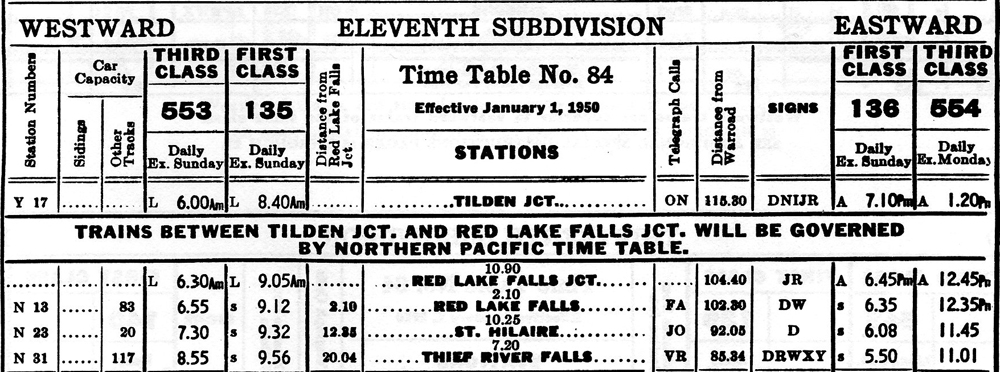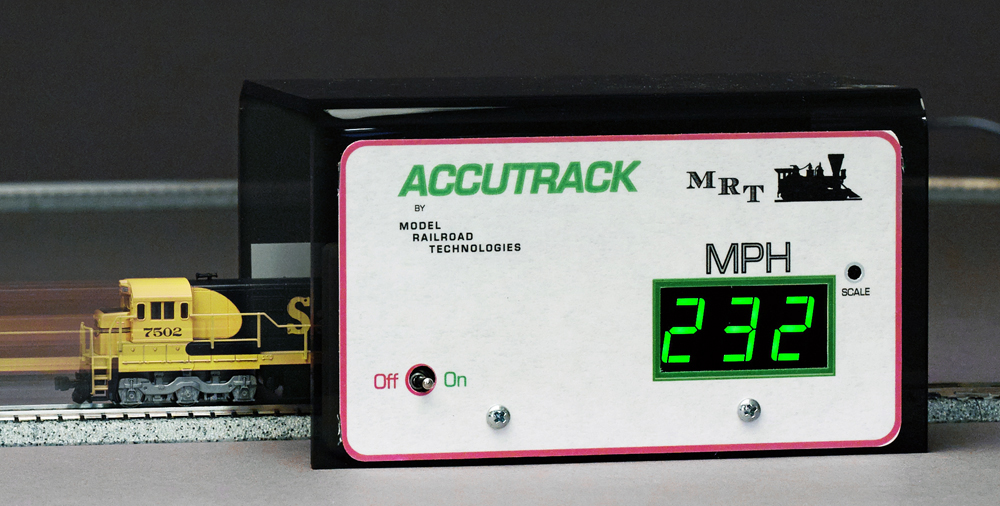For better or worse, the wheels of O and large scale trains seem to attract more grease and grime than those of HO and N scale pieces. Perhaps it’s the size of the trains, perhaps the shape of the wheels, or perhaps it’s carbon that gets deposited during operation, but either way they get filthy – and fast.
Once that happens, bad things follow. Dirty wheels don’t make good electrical contact, so lights will flicker and locomotives can stall. If the dirt builds up in the area between the wheel flange (the part that runs along the edge of the rail and guides the wheel) and the tread (the part that rides on top of the rail and carries the weight of the train), then derailments are possible, especially over switches. You want your wheels clean and oil-free – almost.
The exception is on those wheels that need to have their bearings oiled to rotate freely. Postwar (1945-69) Lionel wheels rotate on their axles, and without oil they can put a substantial drag on even the mightiest locomotive. LGB and many other large scale wheels get annoyingly squeaky without a bit of oil in the right places. So, you want oil in some places, and none in others. How do you set things right?
Remove caked-on debris
The first step is to clean any caked-on gunk from the wheels. If they’re really a mess, I scrape the majority of the dirt and oil from the wheel. You don’t want to use a sharp tool that will scratch the wheel, though. I use a small screwdriver that I’ve polished so that it doesn’t have any sharp edges, but toothpicks or even plastic forks can work. Just make sure it won’t scratch, because scratches will just attract more dirt.
Once the majority of the gunk is removed, I use Q-Tip brand cotton swabs dipped in solvent to get the rest off the wheel. I usually wet the swab, then thoroughly wet each wheel on a truck, being careful not to drip on the car body or frame (keep a cloth handy in case you make a mistake). Then I go back with another clean swab and wipe the solvent/dirt mixture away.
It often takes several applications on really filthy wheels. I usually use mineral spirits as a solvent, but rubbing alcohol works also. (Don’t use lacquer thinner – it cleans well, but mistakes can spell disaster for your car’s finish). Either way, work in a well-ventilated area, and don’t smoke while you work with solvents. Once the wheels look clean, I wipe them with a rag to make sure all the grime is gone.
Oil bearings
The last step is to oil the wheel/axle bearings. To decide whether your O gauge car’s wheels need oil, look at the wheels and axles. Do the wheels rotate on the axle, or are they firmly fixed to each other? If the wheels rotate on the axle, the need a small drop of oil at that point. I use LaBelle oil, which comes in a container with a needle tip. Don’t use grease, and remember, a little oil is good but a lot is not better (unless you really enjoy cleaning wheels).
Newer O gauge cars don’t usually need oil, since they most often have a needle point on the axle and an oilless plastic bearing in the truck frame (or plastic trucks). Look at the wheels – if they’re conical, they’re probably of this type. Sometimes you can get fooled by a postwar car that has been dry for a long time and has its wheels frozen to its axle. The easiest way to tell is if your car has cylindrical (straight) wheel treads, the wheels are probably meant to rotate on the axle. On large scale axles, the bearing is usually at the end of the axle, where it snaps into the car frame or the truck.
As long as you have the car upside-down, give the couplers a quick look, and make sure you don’t have any broken wheels or bent axles. If not, put it back on the track and run it around the layout – then congratulate yourself on a job well done.
Learn more
Get your old trains running again














Newbe, nice site. lots of good information on restoring a 1948 2333-20 badly rusted but complete. I just haven't found an engine wiring diagram. Thanks for the support. Bob